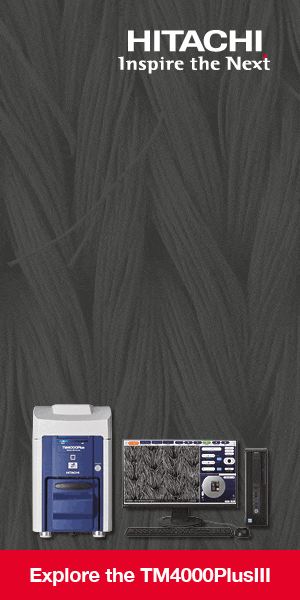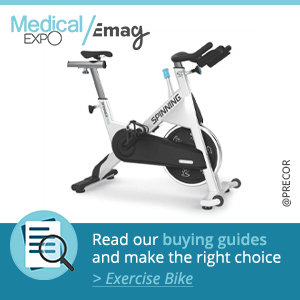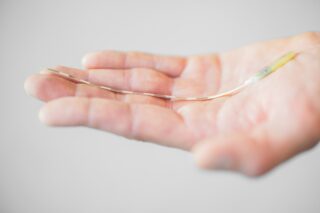MicroREC, developed by German manufacturer Custom Surgical, is an optic system capable of attaching any smartphone to most microscopes on the market and filming various types of microscopic operations, including ophthalmic surgeries. The device has seen a growing number of users among doctors, surgeons and medical practitioners, especially in the context of Covid-19 and with the rise of online classes. We spoke with the founder, Federico Acosta, to learn more.
MedicalExpo e-magazine: How does your system work?
Federico Acosta: In the past, doctors had to create bulky systems of a few independent devices or purchase expensive systems that would cost a lot just to film a surgery. With MicroREC, this problem has been solved. The device can be connected to any mobile phone through the MicroREC App, which manages images and videos of microscopy procedures captured using the MicroREC ClickNFit optical system. The MicroREC components and installation depend on whether a person has a beam splitter in their microscope or not. A beam splitter is an attachment that captures a beam of light and directs it to a smartphone camera. We recently launched a universal smartphone holder that allows doctors to use any smartphone with a MicroREC. Our product is compatible with Leica, Zeiss and many other microscope models. All the mechanical components are 3D printed, using Selective Laser Sintering (SLS) printing technology. All our lenses and optical components are manufactured in Germany and everything is assembled here in Bavaria.
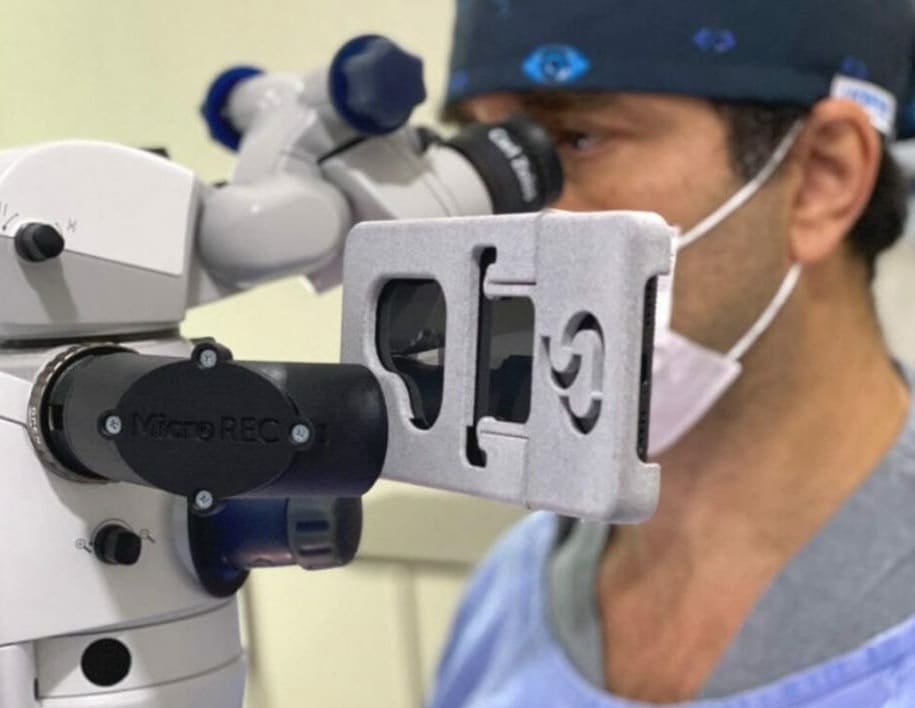
ME e-mag: In addition to filming and recording, what other features and functions does the MicroREC have?
Federico Acosta: The main need that the app tackles is the ability to rotate the camera stream in rotations of 90 degrees. This is very important because in microscopy, the recorded video or photo will be rotated depending on the direction the phone is facing. And, there was no app on the market that was solving this issue. Additionally, the app right now has the functionalities of any other ProCamera app (control of camera settings, dedicated gallery, and sharing). This is what we envision as a free app, since we want to give our customers the best tools available to record procedures with the highest possible quality. However, we are working on a future version of the app where we will be adding functionalities that enhance device capabilities (cloud storage) or help doctors in their daily activities, saving time and improving reporting (patient management module).
ME e-mag: What are the other possible applications or surgeries that the MicroREC can be used for?
Federico Acosta: MicroREC can be used for any type of microsurgery where you use a microscope. For instance, we have a brilliant example from a Lithuanian dentist who uses a MicroREC and highlights its importance for him. Today we received messages from another dentist in Europe who is excited to use MicroREC to record surgeries that he then shares with his students during online classes. Recently we’ve received the first example of application in otorhinolaryngology and many other doctors seem to be excited about using MicroREC in other branches. MicroREC is expanding beyond ophthalmology. The key here is the opportunities MicroREC offers for learning purposes, self-improvement, telemedicine and self-promotion. There was no device that would allow surgeons to mentor a surgery remotely, recording and sharing surgery with students or simply showcasing their proficiency on Instagram.
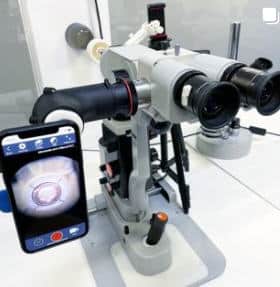
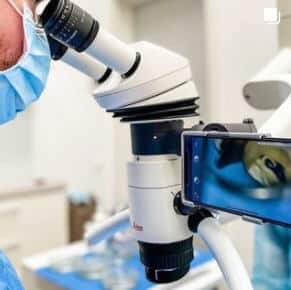
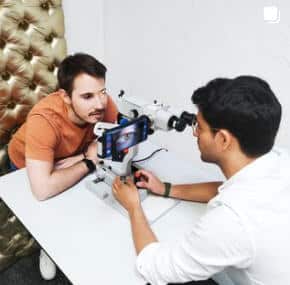
(Credit: Custom Surgical)
We believe surgical training will change for good in upcoming years. Wet-labs won’t be done in person anymore. Thanks to the new accessible telemedicine tools, everything will be done remotely. This makes a lot more sense since surgeons can train with their own tools and in their own surgical environment. Simultaneously, the costs related to the transportation and housing of surgeons in training facilities are too high, businesswise it makes sense to train surgeons remotely. On the other hand, augmented reality training platforms and artificial intelligence algorithms will support surgeons training on their own, without the constant support of other specialists. These algorithms will guide the specialists on the positioning of their tools, economy of movement and finally, give objective feedback on the end result of their wet-lab procedure.
ME e-mag: Which developing countries are able to use MicroREC right now?
Federico Acosta: We have systems currently being used in 38 different countries, of which one is in Africa, 15 in Latin America and 5 in Asia. They are using MicroREC for its low price and ease of use. As a concrete example, MicroREC is currently being used by Oftalmo University in Mexico as a tool to train their students remotely and check their progress. Every week they promote live training wet-labs where they teach students the basics of different microscopic surgery procedures. The rest of our customers are in Europe.
Buy the device here.

